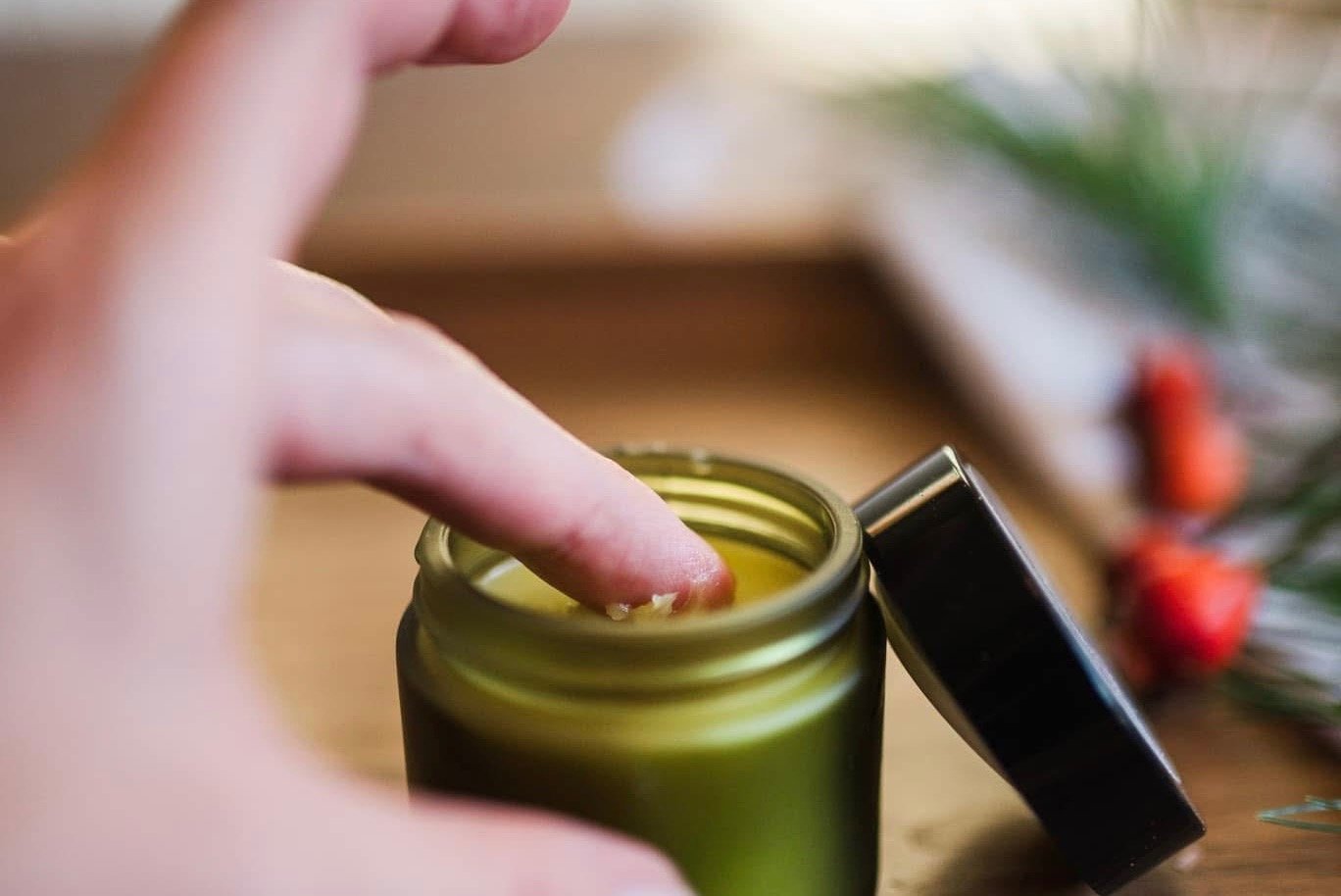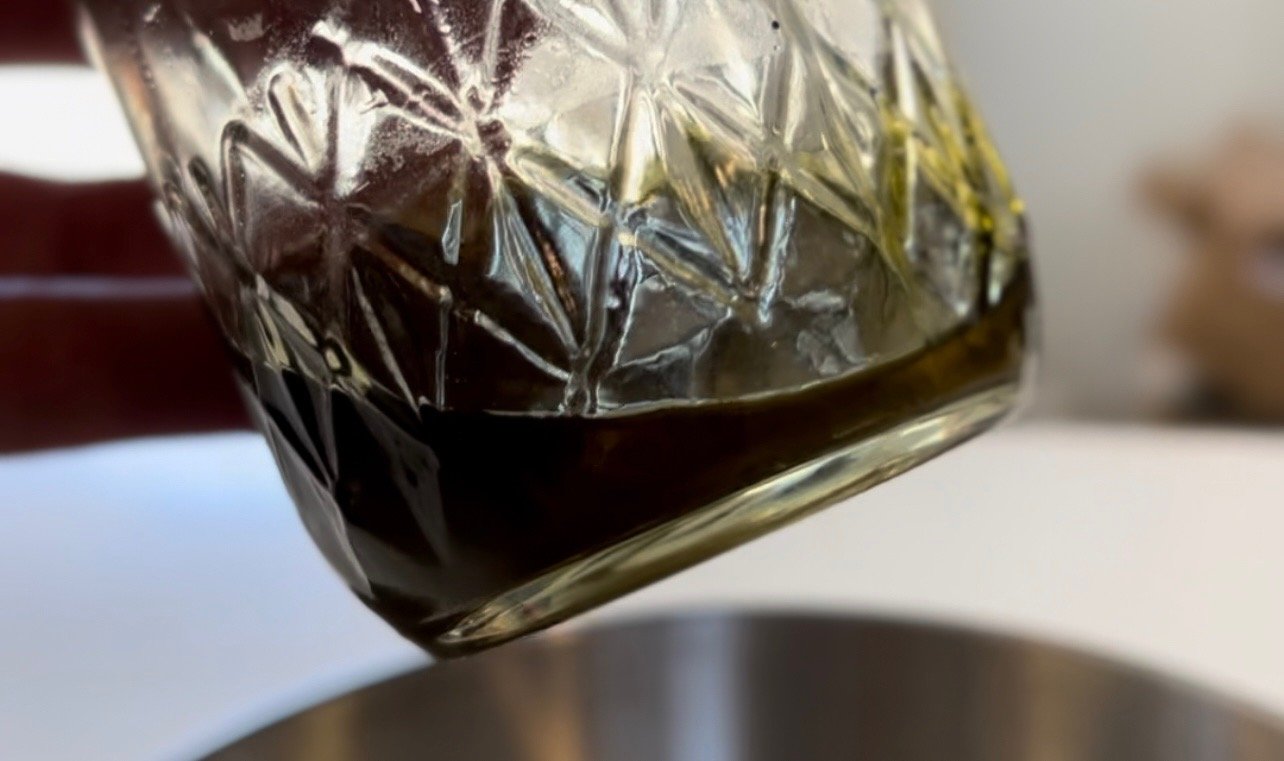How to Make a Simple Herbal Salve for Dry Skin & Wound Healing
How to Make a Simple Herbal Salve for Dry Skin & Wound Healing
Herbal salves have been used for centuries to soothe dry skin, nourish wounds, and protect against irritation. Whether you’re looking for a natural alternative to store-bought ointments or simply love DIY herbalism, learning to make your own healing salve is a skill you’ll use over and over again.
The best part? It’s incredibly simple to make with just a few key ingredients and an infused herbal oil. Today, I’ll walk you through how to craft a basic herbal salve and how to customize it for your needs.
⸻
Why Use an Herbal Salve?
Herbal salves combine the skin-loving benefits of infused oils with the protective barrier of beeswax, creating a soothing, long-lasting balm. This makes them perfect for:
✔ Dry, cracked skin
✔ Minor cuts, scrapes & burns
✔ Irritated or itchy skin
✔ Bug bites & rashes
A well-made salve acts like nature’s Neosporin, providing gentle support without unnecessary additives or preservatives.
⸻
Key Ingredients in a Healing Herbal Salve
Infused Herbal Oil – This is the base of your salve. Common herbs include:
• Plantain – Soothes irritation & supports wound healing
• Calendula – Nourishing & helps with skin repair
• Comfrey – Traditionally used to support skin regeneration
• Yarrow – Antimicrobial & great for minor cuts
Beeswax – Helps thicken the salve & creates a protective barrier on the skin.
Optional: Essential Oils – Lavender, chamomile, or tea tree oil can add extra benefits.
**You can keep your salve very simple with just one herb. One of my favorites is dandelion. I did list a few herbs below for you to consider, and you can use these herbs as individuals or in a formulation together.
⸻
How to Make an Herbal Salve
Step 1: Make an Infused Herbal Oil
Before making your salve, you’ll need an herbal-infused oil. If you already have one prepared (like I did for my Healing Herbal Salve restock), you can skip to Step 2. Stay tuned for a blog post that talks about the different infusion methods and their benefits, and when you would choose them.
Quick Infusion Method:
1. Fill a heat-safe jar halfway with dried herbs.
2. Cover with olive oil, sweet almond oil, or jojoba oil, or another carrier oil (you can also create a blend that works for you and your overall goal for the salve).
3. Place the jar in a double boiler or slow cooker on low heat (100-120°F) for 4-6 hours.
4. Strain the oil using a cheesecloth or fine mesh strainer.
⸻
Step 2: Make the Salve
🔹 Ingredients:
✔ 1/2 cup infused herbal oil
✔ 1 tbsp beeswax (pastilles or grated)
✔ Optional: 5-10 drops of essential oil
🔹 Instructions:
1. Melt the beeswax – In a double boiler, gently melt the beeswax over low heat.
2. Add infused oil – Stir in your herbal oil until fully combined.
3. Remove from heat & add essential oils (if using).
4. Pour into tins or glass jars and let cool completely before sealing.
⸻
If you’re looking for more herbal options for your DIY salve, here are a few easy-to-grow or forage-friendly herbs that work beautifully in skin-nourishing salves.
Dandelion – Soothes sore muscles, helps with dry skin, and is great for an all-purpose healing salve. (Easily foraged in spring!)
Plantain – A must-have for minor cuts, scrapes, and bug bites. This common “weed” is one of the best skin-soothing herbs you can find.
Calendula – One of the best skin-supportive flowers! It’s anti-inflammatory, promotes skin repair, and is easy to grow in a home garden. You can find this herb in our Radiant Bloom Body Oil, read more about it’s benefits here.
Yarrow – Helps with minor wounds, itching, and irritation. A classic first-aid herb that grows wild in many areas.
Chickweed – Cooling, soothing, and great for dry or irritated skin. Perfect for a gentle, moisturizing salve.
Comfrey – Often called “knitbone,” comfrey is traditionally used for deep skin repair and minor injuries.
Lavender – Calming, antimicrobial, and wonderful for a skin-loving salve that smells amazing!
Whether you grow these in your garden or forage them in the wild, infusing them into oil will allow you to capture their benefits for homemade salves.
⸻
Where to Get Herbal Salves
If DIY isn’t your thing (or you just want a high-quality, handcrafted salve), my Healing Herbal Salve is back in stock! It’s double-infused for extra potency and made with some of my favorite skin-supporting herbs. We have other wonderful salves ready for you to use in the shop, as well.
Shop Healing Herbal Salve Here
⸻
Want to Learn More? Stay Tuned for Herbalism Workshops!
If making your own salves sounds fun, I’m working on something special—a hands-on herbalism workshop series where you’ll learn how to craft your own teas, salves, and tinctures.
I’ll be sharing more details soon, so stay tuned! If you’re interested, let me know in the comments or send me a message—I’d love to hear what you’d like to learn!
⸻
Final Notes
Herbal salves are an easy, rewarding DIY project that gives you full control over what goes on your skin. Whether you’re making one for personal use or stocking up for your family, this simple process ensures you always have a natural remedy on hand.
Have you made herbal salves before? Let me know in the comments below!
As an Amazon Associate, I earn from qualifying purchases. This helps support our homestead at no extra cost to you.








